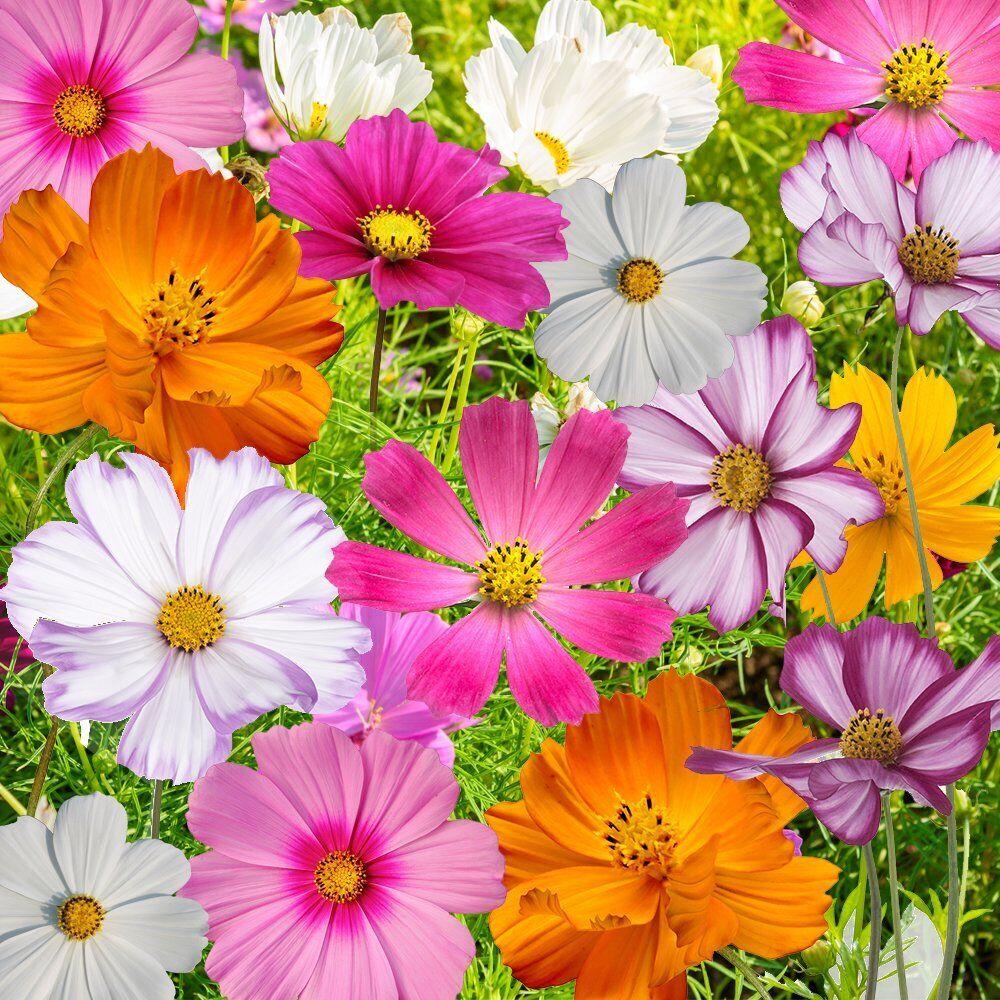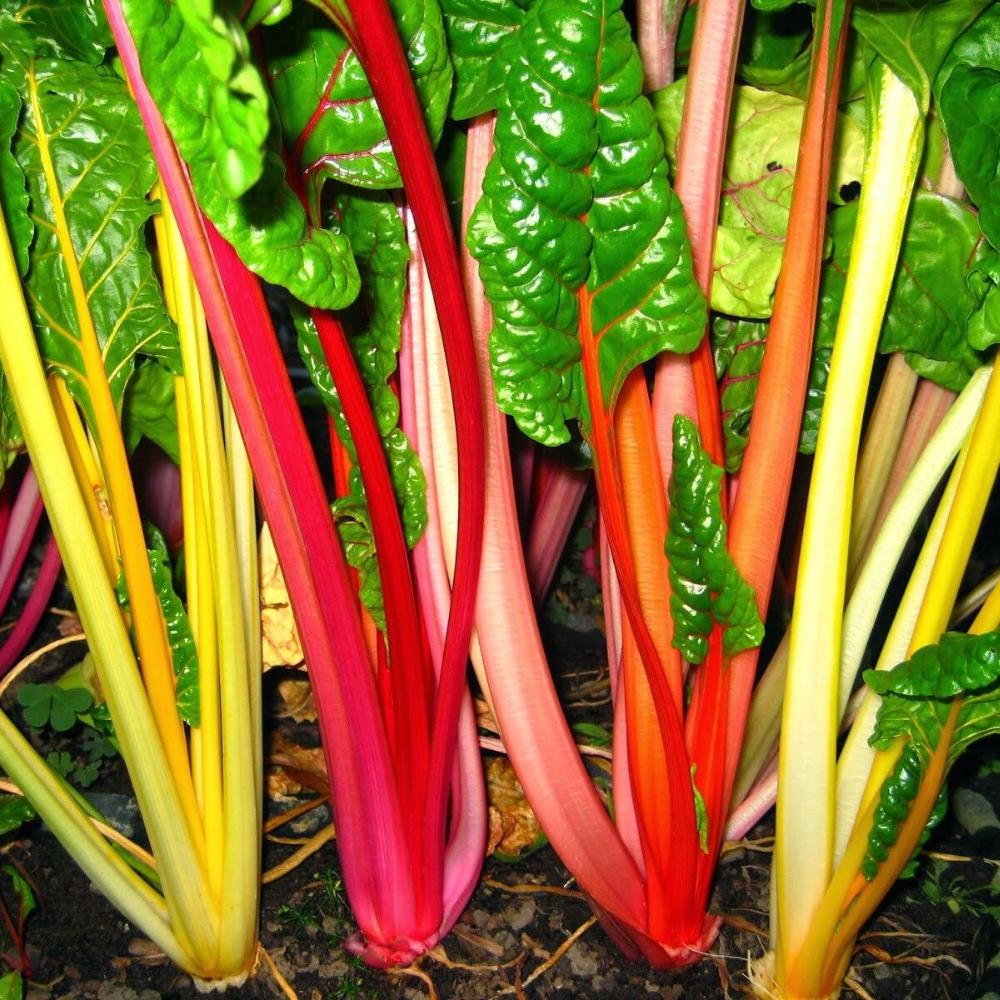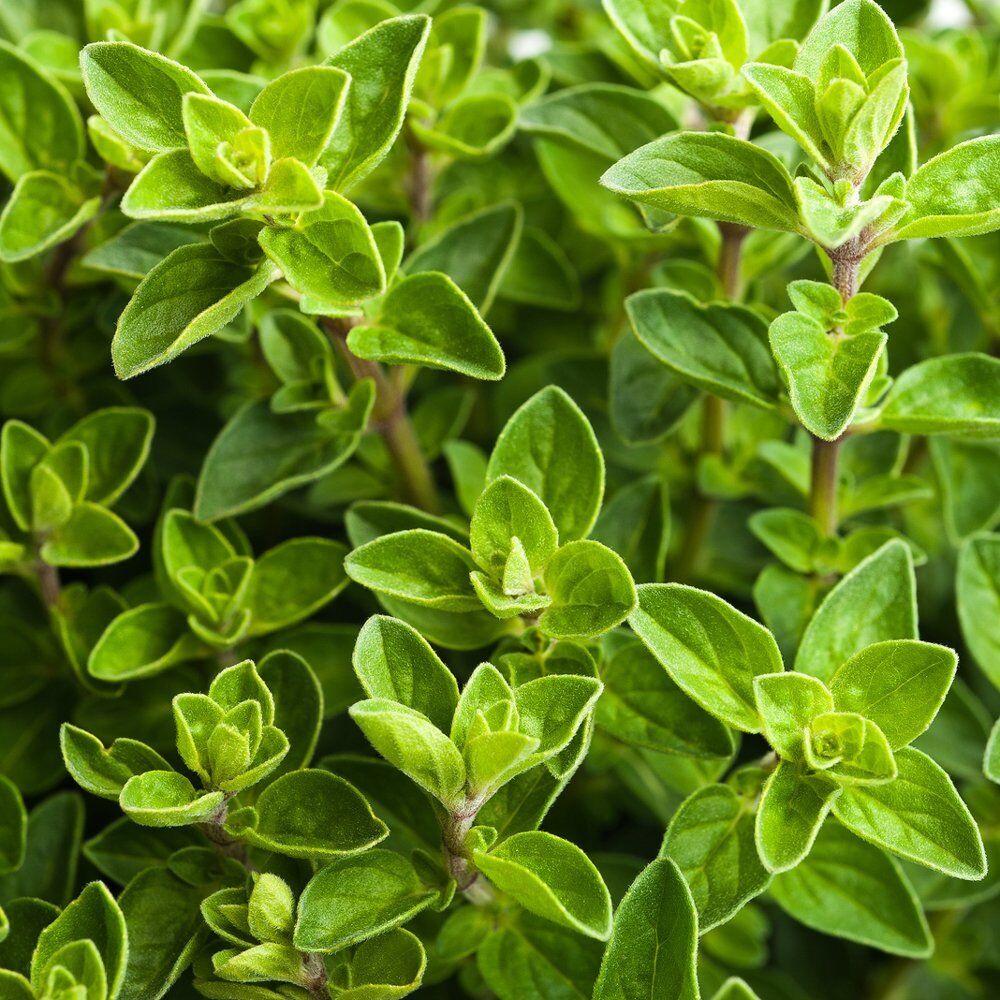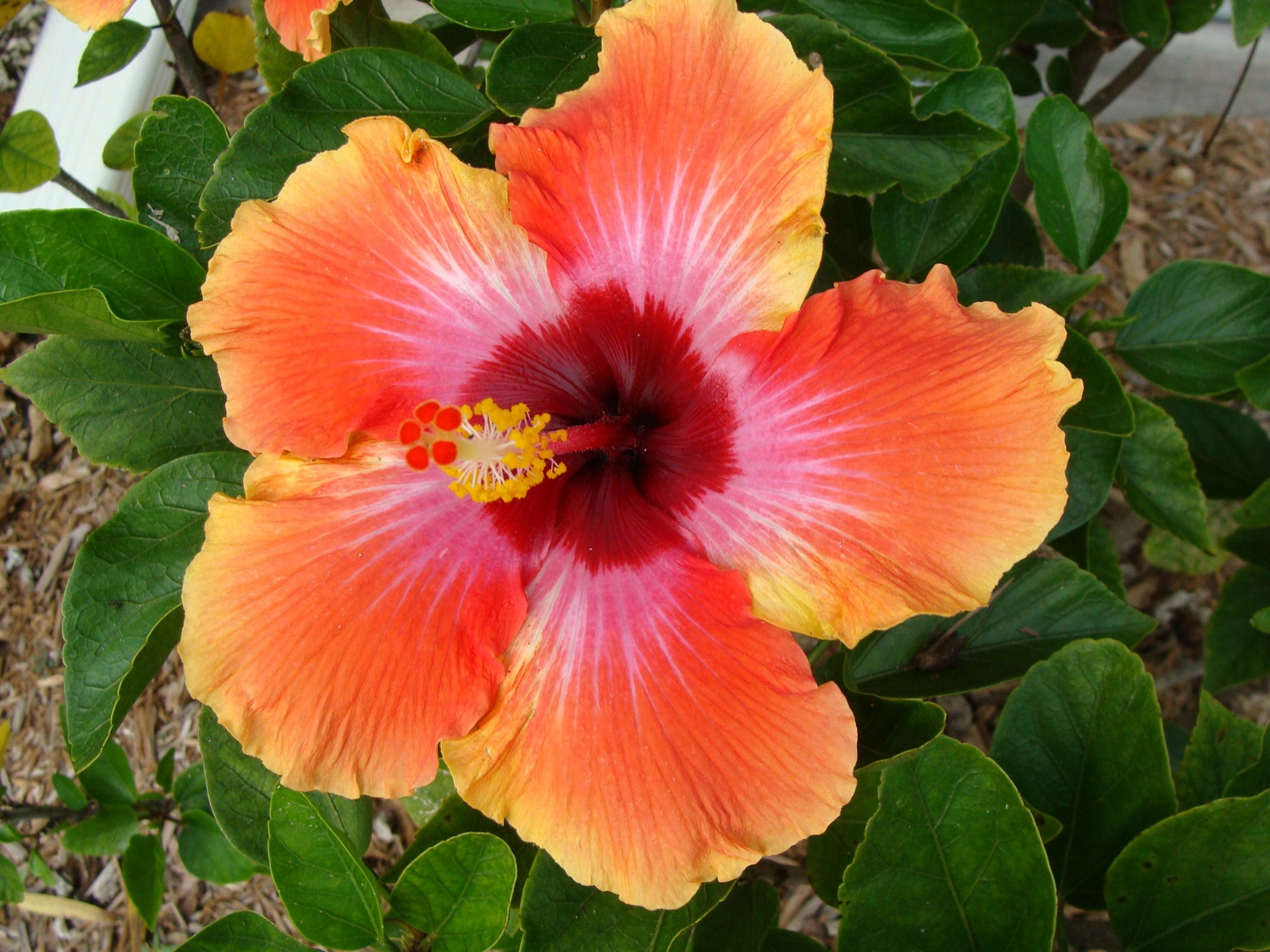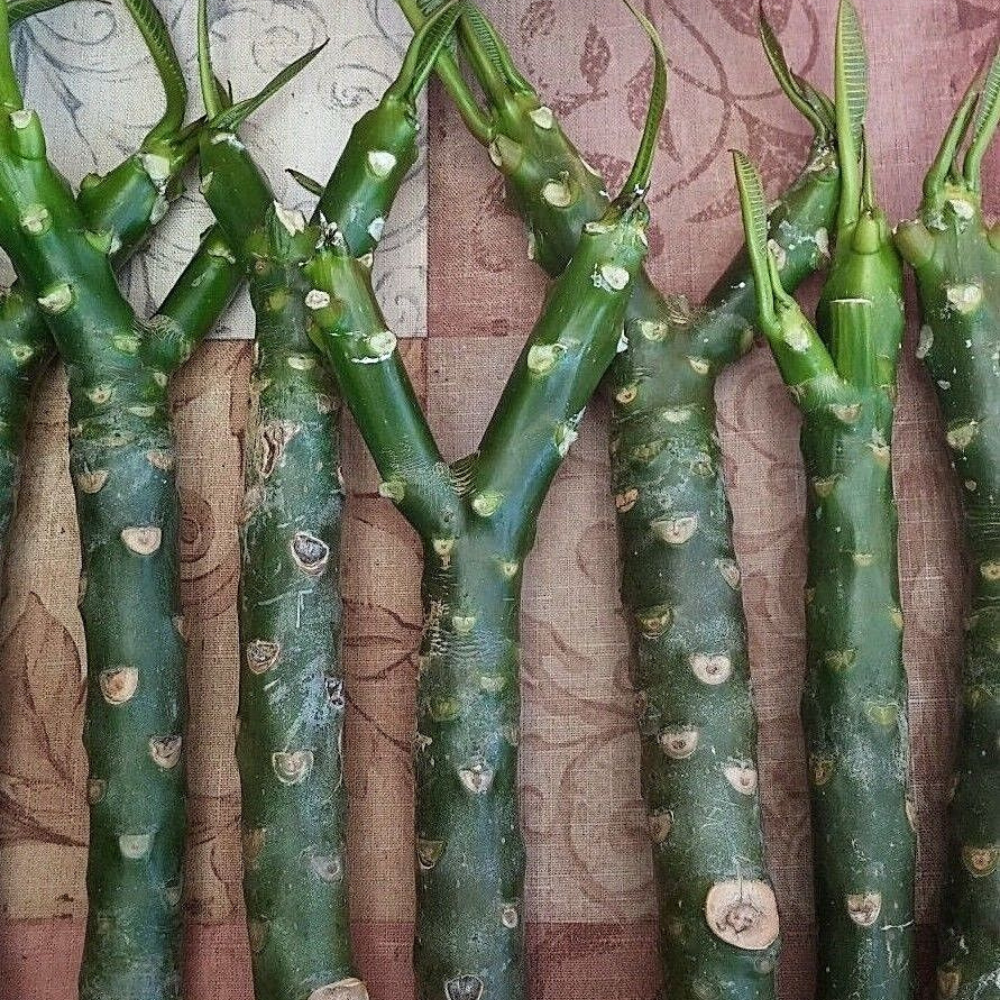The Cherimoya Vietnamese Tropical Fruit Tree is an exotic, delicious fruit tree that can bring a taste of tropical paradise right to your backyard. Known for its heart-shaped fruits with creamy, custard-like flesh, the Cherimoya is often referred to as the “ice cream fruit” due to its sweet flavor and texture. Native to the tropical regions of Vietnam, this fruit tree is prized not only for its delicious fruit but also for its ornamental beauty. In this guide, we’ll explore everything you need to know about growing, caring for, and enjoying the Cherimoya Vietnamese Tropical Fruit Tree to ensure it thrives in your garden.
What is the Cherimoya Vietnamese Tropical Fruit Tree?
The Cherimoya Vietnamese Tropical Fruit Tree (Annona cherimola) is a tropical fruit tree that produces large, green, scaly fruits with a soft, white, custard-like flesh. The fruit has a sweet flavor that’s often compared to a combination of banana, pineapple, and strawberry. Cherimoya is native to the Andes Mountains in South America but has been successfully cultivated in tropical climates, including Vietnam. The Vietnamese Cherimoya is especially popular due to its sweet, aromatic flavor and its ability to grow well in the warm, humid conditions typical of Southeast Asia.
Cherimoya trees are not only appreciated for their fruit but also for their attractive, evergreen foliage and large, glossy leaves. As they mature, the trees can reach a height of 15-20 feet, making them an impressive addition to any garden or landscape.
Why Choose the Cherimoya Vietnamese Tropical Fruit Tree for Your Garden?
There are several compelling reasons to choose the Cherimoya Vietnamese Tropical Fruit Tree for your garden:
- Delicious and Unique Fruit: The Cherimoya fruit is prized for its incredibly sweet and creamy flesh. It’s often compared to a dessert, making it a delightful treat for those with a sweet tooth. The fruit can be eaten fresh or used in smoothies, desserts, and fruit salads.
- Tropical Appeal: If you live in a warm, tropical or subtropical climate, the Cherimoya Vietnamese Tropical Fruit Tree brings the exotic beauty of Vietnam into your garden. The tree’s attractive appearance and large, heart-shaped fruits make it an eye-catching addition.
- Health Benefits: Cherimoya is packed with essential nutrients, including vitamins C and B6, antioxidants, and fiber. It’s known to support immune health, improve digestion, and promote heart health, making it not only delicious but also beneficial for your health.
- Low Maintenance: While it thrives in tropical climates, the Cherimoya Vietnamese Tropical Fruit Tree is relatively low-maintenance, requiring minimal pruning and care once established.
- Pollination: Cherimoya trees are generally self-pollinating, though having more than one tree can increase fruit production. The sweet-smelling flowers attract bees and other pollinators, contributing to a healthy ecosystem.
How to Grow the Cherimoya Vietnamese Tropical Fruit Tree
Growing a Cherimoya Vietnamese Tropical Fruit Tree requires a few key considerations to ensure the tree thrives. Follow these steps for successful cultivation:
- Choose the Right Location: Cherimoya trees thrive in full sun, needing at least 6-8 hours of direct sunlight each day. Choose a spot that receives ample sunlight throughout the day but is protected from strong winds. If you're growing the tree in a container, place it in a sunny spot with good air circulation.
- Soil Requirements: Cherimoya trees prefer well-draining soil that is slightly acidic to neutral. The soil should retain some moisture but not be soggy. If your garden soil is heavy or clay-based, improve drainage by amending it with organic compost or plant your tree in a raised bed. A soil pH between 6.0 and 6.5 is ideal.
- Planting: When planting your Cherimoya Vietnamese Tropical Fruit Tree, dig a hole that is at least twice the size of the root ball. Place the tree in the hole so that the root crown is level with or slightly above the soil surface. Fill the hole with soil and water well to settle the soil around the roots.
- Watering: Water your Cherimoya tree regularly, especially during dry spells. Cherimoya trees are sensitive to drought and need consistent moisture during the growing season. However, ensure that the soil is well-drained to prevent waterlogging, which can lead to root rot.
- Fertilizing: Feed your Cherimoya Vietnamese Tropical Fruit Tree with a balanced fertilizer that’s rich in micronutrients, especially during the growing season. Apply a slow-release fertilizer or organic compost around the base of the tree in early spring and again in late summer to promote healthy growth and fruit production.
Caring for the Cherimoya Vietnamese Tropical Fruit Tree
Once established, the Cherimoya Vietnamese Tropical Fruit Tree requires minimal maintenance, but it still benefits from regular care:
- Pruning: Prune the tree annually to remove dead or damaged branches and to shape the tree. This will help promote better airflow and sunlight penetration, which can improve fruit production. Pruning should be done in early spring before the growing season begins.
- Pest and Disease Control: While Cherimoya trees are relatively pest-resistant, they can sometimes be affected by aphids, spider mites, or scale insects. Regularly inspect your tree for pests and treat them with organic insecticides if needed. Additionally, watch for signs of fungal infections and ensure your tree is planted in well-draining soil to prevent root rot.
- Mulching: Apply a layer of mulch around the base of your Cherimoya Vietnamese Tropical Fruit Tree to help retain moisture, regulate soil temperature, and suppress weeds. Be sure not to pile the mulch directly against the tree trunk, as this can lead to rot.
- Winter Protection: While Cherimoya trees are hardy in USDA zones 10-11, they may require protection from frost in cooler climates. If temperatures drop below 30°F (-1°C), protect the tree by covering it with frost cloth or bringing it indoors (if it’s in a container).
Common Problems with the Cherimoya Vietnamese Tropical Fruit Tree
Though generally easy to care for, there are a few challenges to watch out for with Cherimoya trees:
- Fruit Drop: In some cases, the tree may shed its fruit prematurely. This can occur due to environmental stress, such as extreme temperatures, water stress, or inadequate pollination. Ensure your tree has access to consistent watering and that it is protected from extreme weather conditions.
- Yellowing Leaves: Yellowing leaves may be a sign of overwatering, nutrient deficiencies, or poor soil drainage. Ensure the tree is planted in well-draining soil and consider feeding it with a balanced fertilizer to improve overall health.
- Root Rot: Overwatering or poor drainage can lead to root rot. Ensure that your Cherimoya Vietnamese Tropical Fruit Tree is planted in soil that drains well and avoid overwatering.
The Cherimoya Vietnamese Tropical Fruit Tree is a unique and rewarding addition to any tropical or subtropical garden. With its sweet, custard-like fruit and stunning appearance, this tree can transform your garden into a tropical paradise. Plus, its ease of care and health benefits make it an excellent choice for both experienced gardeners and beginners alike.
Get Your Cherimoya Vietnamese Tropical Fruit Tree Today!
If you’re ready to bring the delicious and exotic Cherimoya Vietnamese Tropical Fruit Tree into your garden, purchase one from a trusted nursery or online plant supplier. With the right care, you’ll soon be enjoying the tropical fruit of your dreams.


